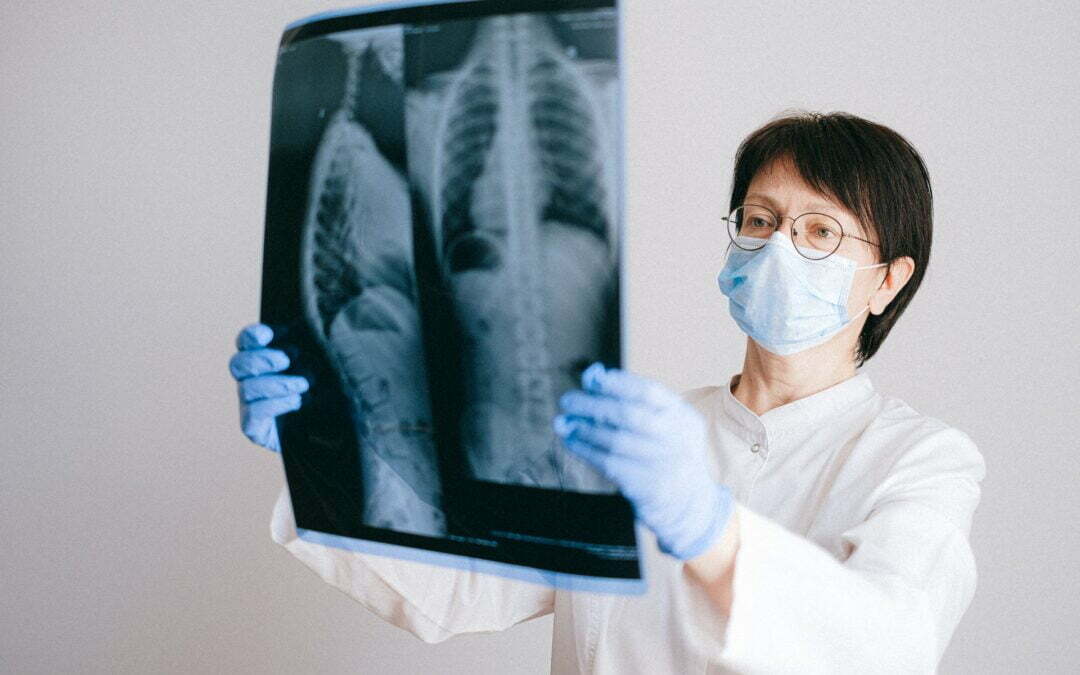Many patients wonder about xray safety and what the FDA has to say about it. A brief answer is that the FDA estimates that radiation exposure from a chest xray is equal to the exposure of about ten days radiation on Earth. Read on for more in-depth information regarding xray safety.
The FDA suggests that you not refuse an xray, because the risk of not having an xray when you may need it is far greater than the small risk of exposure to radiation.
Although xray equipment does vary with manufacturer, there is no difference between a chiropractic xray and another type of xray. What is important to consider is the part of the body that is being xrayed, because different body tissues absorb the radiation in various ways.
The FDA uses a dosage scale to allow consumers to monitor their radiation exposure. The effective dosage of each type of xray is measured in millisieverts, or mSv. Unlike a mile or a tablespoon, this is not a type of measurement most people are associated with. Therefore, a reference point helps consumers contextualize this measurement.
According to FDA estimates, an average person is exposed to about 3.0 mSV of radiation per year. This exposure results from naturally occurring radioactive materials or cosmic rays. Therefore, the FDA states that 0.1 millisieverts from a chest xray equals relatively 10 days of typical background radiation exposure.
Xrays of the arms and legs, or the extremities, have a lower effective dosage than chest xrays. Lower torso xrays, however, have a higher effective dosage. Therefore, the effective dosage derives from the actual body part that is xrayed, not the intensity or duration of the xray. Below is a summary of various types of chiropractic xrays along with the effective dosages and the background radiation equivalents.
- Extremities (arms and legs): 0.001 millisieverts is equivalent to three hours background radiation
- Spine: 1.5 millisieverts is equivalent to six months background radiation
- Chest: 0.1 millisieverts is equivalent to ten days background radiation.
According to the FDA website and radiologyinfo.org, the risk of disease from radiation exposure increases across time. Patients should follow their exposure levels and keep a log over time and across health care providers. Download a personal log at http://imagewisely.org/Patients.aspx. Keep in mind that this information is targeted towards adults. If you are pregnant or are searching for information on xray safety for children, visit imagegently.org.

